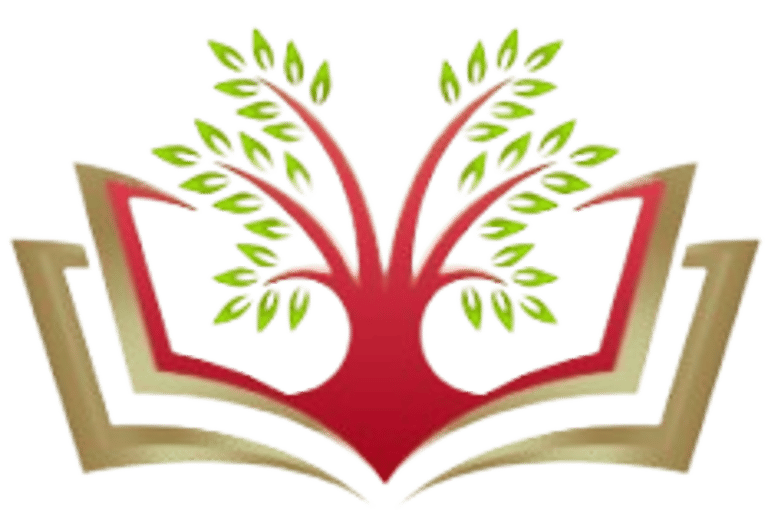Literary Enigma
The International Journal of English Language, Literature and Culture
How to Write a Plagiarism-Free Research Article: A Complete Guide
Writing a plagiarism-free research article is not just about avoiding academic dishonesty; it’s about showcasing your unique perspective and contributing authentically to your field of study. In this blog post, we’ll walk you through practical steps to help you create an original and ethically sound research article.
1/5/20252 min read


Writing a plagiarism-free research article is not just about avoiding academic dishonesty; it’s about showcasing your unique perspective and contributing authentically to your field of study. In this blog post, we’ll walk you through practical steps to help you create an original and ethically sound research article.
1. Begin with Original Ideas
Start by focusing on your own insights and viewpoints. Think about what makes your research question or hypothesis unique. Create a clear outline to guide your writing process and help you stay on track.
2. Conduct Thorough Research
Dive into diverse, credible sources like academic journals, books, and reliable websites. Take notes carefully, and make sure to:
Differentiate between your thoughts and those from sources.
Highlight direct quotes and paraphrased ideas for easy attribution later.
3. Paraphrase and Summarize Thoughtfully
When incorporating ideas from other authors, explain them in your own words. Avoid copying sentence structures and language. If paraphrasing, ensure the essence of the idea remains accurate while using entirely original phrasing.
4. Credit Your Sources with Proper Citations
Always give credit where it’s due by:
Following the required citation style (e.g., APA, MLA, or Chicago).
Including in-text citations for quotes, data, and paraphrased content.
Providing a comprehensive reference list or bibliography.
Using citation tools like Zotero or EndNote can help streamline this process.
5. Use Quotes Correctly
Direct quotes should:
Be enclosed in quotation marks.
Include proper attribution.
Be used sparingly to avoid overshadowing your own analysis.
6. Avoid Patchwriting
Patchwriting occurs when you slightly modify words or phrases from a source while retaining its structure. Instead, focus on fully understanding the material and expressing it through your unique lens.
7. Leverage Plagiarism Detection Tools
Online tools like Turnitin, Grammarly, or Copyscape can identify accidental overlaps with existing content. These tools are great for refining your draft and ensuring originality.
8. Revise and Refine
Editing is essential for clarity and originality. As you revise:
Ensure your ideas are clearly presented.
Double-check citations and references for accuracy.
Avoid over-relying on one or two sources.
9. Document Your Research Journey
Maintain a research log to track your sources and ideas. This not only helps with citations but also demonstrates the evolution of your work, which can be valuable during peer review.
10. Seek Feedback
Ask colleagues, mentors, or editors to review your article. Fresh eyes can:
Identify areas needing more citations.
Suggest improvements in flow and clarity.
Offer perspectives on originality.
11. Be Mindful of Common Pitfalls
Self-Plagiarism: Don’t reuse your previous work without proper citation.
Accidental Plagiarism: Double-check paraphrased content and ensure proper attribution.
Over-Quoting: Rely more on your analysis and insights than on direct quotes.
12. Uphold Ethical Research Standards
Ensure your data, findings, and interpretations are honest and transparent. If using copyrighted material, respect fair use guidelines and obtain necessary permissions.
Conclusion
Writing a plagiarism-free research article is a skill that combines originality, ethical practices, and meticulous documentation. By following these steps, you can confidently produce work that reflects your unique contributions and adheres to the highest academic standards. Remember, integrity and authenticity are the hallmarks of impactful research.
